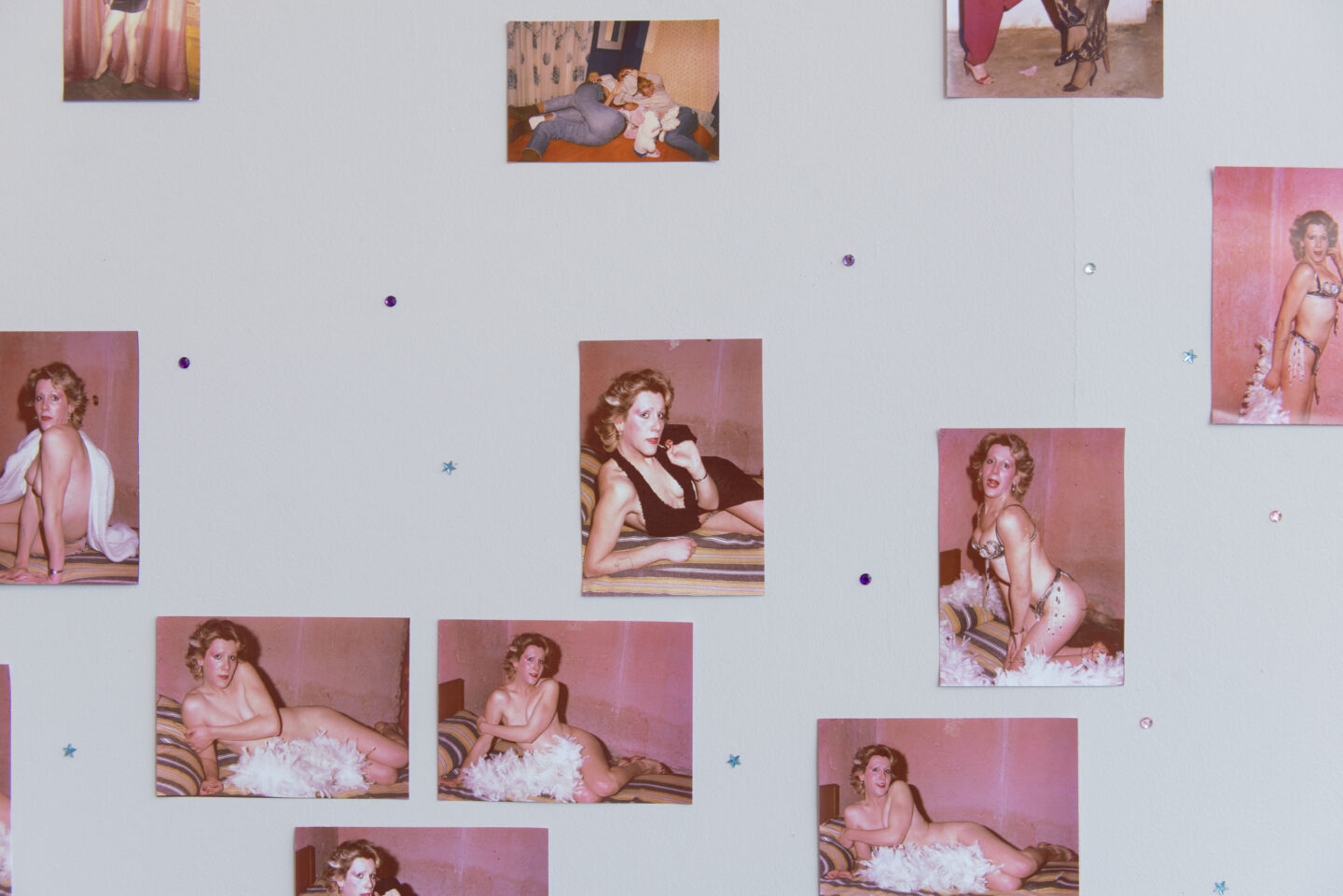
Archivo de la Memoria Trans (AMT)
The Archivo de la Memoria Trans [Trans Memory Archive] (AMT) seeks to protect, construct, and recover memories of the trans community through photographs, videos, and newspaper and magazine clippings. Created in Argentina and with a collection of approximately 15,000 pieces, the archive exists and grows daily through donations. Challenging prevailing narratives, the AMT serves as a depository for a deliberately erased collective memory, reminding society of the experiences of trans people, who have faced hostility and incomprehension in society and suffered from negligence of the state. The archive arose out of the visionary ideas of activists María Belén Correa and Claudia Pía Baudracco. After Claudia’s death in 2012, María Belén started developing the project. She created a Facebook group, Archivo de la Memoria Trans, to connect with people involved in this history of struggle. In 2018, the group had over a thousand trans women participants, Argentinian and otherwise. The initial idea was to gather the members, their memories, and their photographs, first, preserving that material in a library, and later in a virtual space. Before long, this objective expanded and soon transformed into a collective effort to construct a common memory.
The AMT is hugely significant as a place of memory and preservation, as well as being another form of activism.¹ It serves the double purpose of constructing an archive that sheds light on the lives and joys of trans people and also documents the challenges that community has faced in Argentina. The public can access its content through various online platforms, promoting an inclusive space for engagement, discussion, and action on identity and resistance. In preserving photo albums and so many other personal memories, the archive takes on the role of a kind of family reunion. These sets of images hold the visual narratives of an affective network based on support, protection, and the celebration of life, and preserve the memory of the friends who are no longer with us.
In the 35th Bienal de São Paulo, the archive takes on the form of a wall of memories, a collage of over three thousand pieces, including newspaper and magazine articles, personal photographs, images of intimate moments, and portraits of everyday life. Through this installation, these documents become windows into lives from a past that echoes strongly today. Each photograph holds a memory, and the mural transforms into a monument to struggle.
sylvia monasterios
translated from Portuguese by georgia fleury reynolds
1. See Memorias reveladas, by Quentin Worthington (France, 2019, 23′), documentary on the creation of the AMT.
- Detalhe da obra Destellos de Archivo de la Memoria Trans (AMT) durante a 35ª Bienal de São Paulo – coreografias do impossível © Levi Fanan / Fundação Bienal de São Paulo
- Vista da obra Destellos de Archivo de la Memoria Trans (AMT) durante a 35ª Bienal de São Paulo – coreografias do impossível © Levi Fanan / Fundação Bienal de São Paulo
- Vista da obra Destellos de Archivo de la Memoria Trans (AMT) durante a 35ª Bienal de São Paulo – coreografias do impossível © Levi Fanan / Fundação Bienal de São Paulo
- Detalhe da obra Destellos de Archivo de la Memoria Trans (AMT) durante a 35ª Bienal de São Paulo – coreografias do impossível © Levi Fanan / Fundação Bienal de São Paulo
- Detalhe da obra Destellos de Archivo de la Memoria Trans (AMT) durante a 35ª Bienal de São Paulo – coreografias do impossível © Levi Fanan / Fundação Bienal de São Paulo
- Detalhe da obra Destellos de Archivo de la Memoria Trans (AMT) durante a 35ª Bienal de São Paulo – coreografias do impossível © Levi Fanan / Fundação Bienal de São Paulo
The Archivo de la Memoria Trans (AMT) is a collaborative and independent project managed by transvestite and transgender people in Argentina that collects images and narratives about the recent history of the trans community in the country. The archive currently comprises a collection of more than 15,000 items, including digitized analog photographs, digital photographs, videos, newspaper clippings, correspondence, personal diaries, documents – national identity cards, passports, police files – clothing, objects, and testimonies of trans people dating from 1936 to the late 1990s. The AMT was exhibited in several countries and in places such as the Centro Cultural de la Memoria Haroldo Conti (Buenos Aires, Argentina), Museo Reina Sofía (Madrid, Spain), and the virtual platform of the Tate Modern (based in London, UK).

 Português
Português




